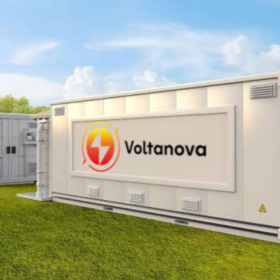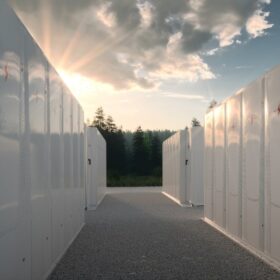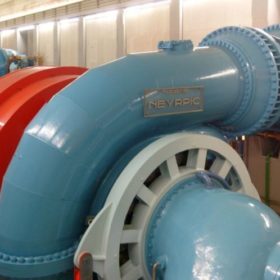India launched 73 GW of utility-scale renewable tenders in 2024
Non-vanilla technologies, such as wind-solar hybrids and battery energy storage, accounted for half of the utility-scale renewable energy capacity tendered in 2024.
Lohum announces India’s first battery-grade lithium refinery
Lohum stated its new lithium refinery will have the capacity to produce 1,000 metric tonnes annually.
RMP Group selects Voltanova’s thermal energy storage solution to decarbonize textile operations
Textile major RMP Group will deploy Voltanova’s thermal energy storage system for its industrial operations.
Apollo Green sets up subsidiary for utility-scale solar, storage development
Apollo Green Energy Ltd (AGEL) has formed a subsidiary, AGEL Renewable Energy Ltd, focused on utility-scale solar and advanced energy storage solutions, including hydrogen-based systems.
Gotion launches 7 MWh BESS container, 650 Ah cell
The Chinese manufacturer has joined the energy density race with the release of its latest utility-scale battery energy storage system and high-capacity cells.
The Hydrogen Stream: India begins trials of hydrogen trucks for long-haul transportation
The trial marks a significant step forward in assessing the real-world commercial viability of using hydrogen powered vehicles for long-distance haulage as well as setting up the requisite enabling infrastructure for their seamless operation.
Bihar tenders 500 MWh battery storage with VGF support
Bihar State Power Generation Co. Ltd (BSPGCL) has invited bids to set up standalone battery energy storage systems (BESS) for an aggregate storage capacity of 125 MW/500 MWh in Bihar. The projects are eligible for central financial assistance in the form of viability gap funding (VGF).
Accelerating pumped storage development in India
A white paper by EDF outlines the key challenges hindering pumped storage project (PSP) growth as planned by Government of India and provides strategic recommendations to improve project viability, attract private sector investment, and create a supportive regulatory and financial framework for the rapid development of PSP in India.
Solar, batteries and wind to make up 93% of 2025 U.S. electricity capacity deployments
The Energy Information Administration projects that 32.5 GW of solar power, 18.2 GW of energy storage, and 7.7 GW of wind generation will be deployed this year, accounting for nearly 93% of total new capacity, which is expected to reach a record 63 GW.
SJVN awards 448 MW under 1.2 GW round-the-clock renewable power tender
SJVN has allocated 448 MW under its tender for supply of 1.2 GW of firm and dispatchable (round-the-clock) power from grid-connected RE projects with/without energy storage systems.















